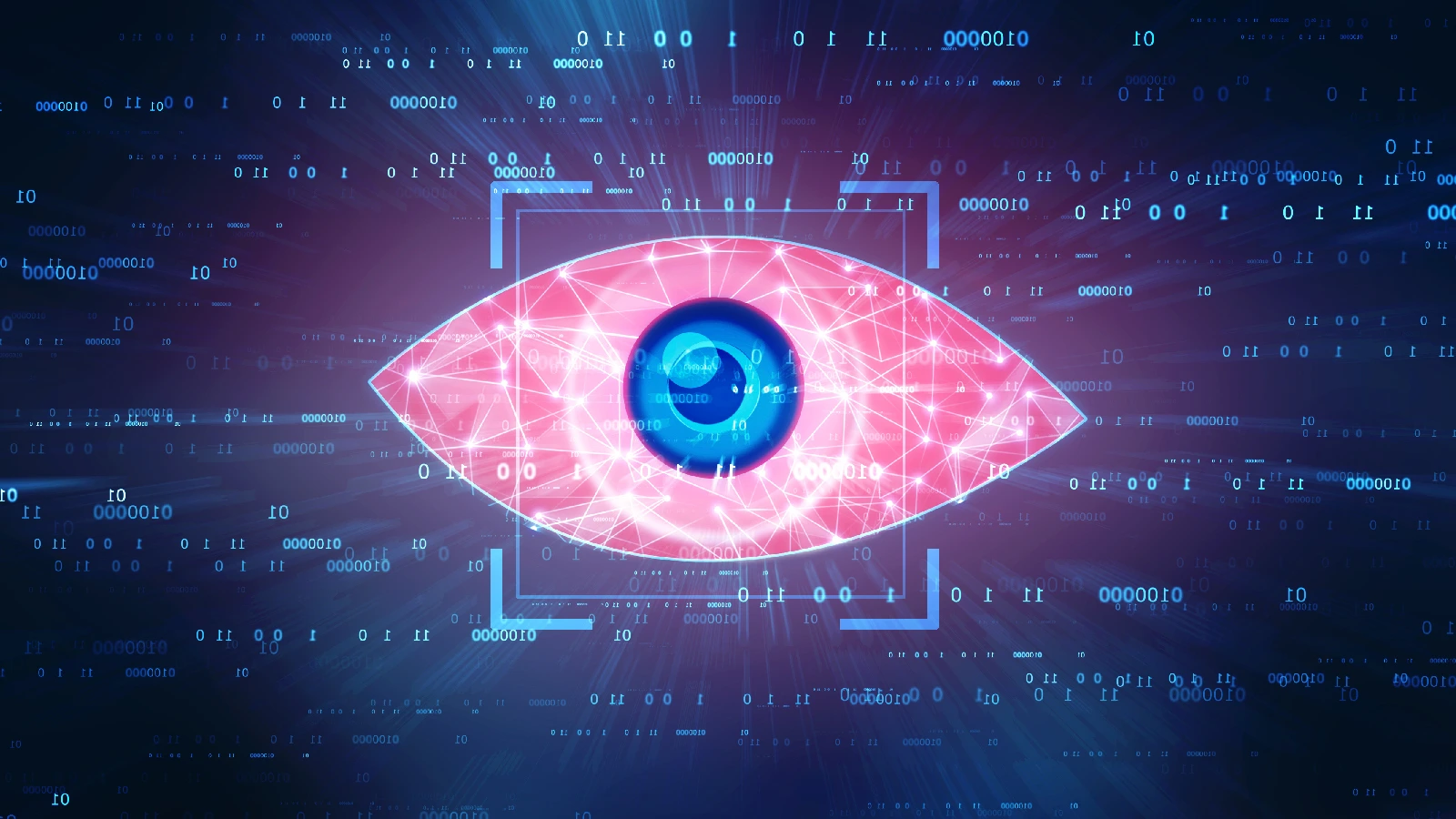Imagine taking a trip to a zoo. There are hundreds of beautiful and majestic animals, each unique in shape, form, and nature. Most of the animals will be familiar to you, and you may even be able to name a few.
But have you wondered how those animals got their names? What makes a Lion classified as a Lion?
We never question why they are named the way they are and accept it as a fact.
However, the names are the result of an extraordinarily complex process. Scientists group the unique features of animals. The more specific features a group of animals shares, the easier it is to classify.
The primary animal classification happens through nine categories (kingdom, phylum, class, genus, species, etc.). Each step brings an animal closer to its label (name) and makes it recognized worldwide.
Now imagine using the same method of grouping and classifying to teach machines to understand and label any perpetual visual data to derive insights and use those insights to automate our tasks!
So get ready to explore the concepts of Computer Vision and why we need more of it to make our lives easier and save them.
Computer vision is a powerful field of AI (Artificial Intelligence) that trains machines/computers to understand, interpret, and classify the visual world. How? Let us find out.
One of the main factors driving the development of Computer Vision is the volume of visual data (images, videos, digital footprints, etc.) available today. To train a computer to recognize, label, and index an object, we must feed it fragments of examples of that object. The more examples there are – the clearer the understanding and classification.
For example: To make a computer recognize a zebra, engineers feed plenty of animal images to make it understand the unique attributes that make up a zebra. Its pattern recognition algorithm then carefully considers a multitude of data points and classifies the image.
Computer Vision is growing significantly in real-world applications. Every day, we encounter this technology without even realizing it. From traffic lights to airport security check-ins, self-checkout machines to biometric authentication devices at the workplace, available filters on our favorite apps to a security layer of facial recognition on mobile phones.
It is everywhere! It is ineffable.
One of the fields where this technology is becoming increasingly important is healthcare. AI for disease detection and surgical planning has the potential to propel doctors and healthcare professionals to new heights. It will save doctors valuable time due to limited information availability and speed up nursing with greater accuracy.
At Mu Sigma, our decision scientists use computer vision to assist healthcare professionals in their Herculean tasks. The most significant area where it is proving its merit is Medical Imaging.
Medical imaging is a technique for viewing, analyzing, and classifying images of organs and tissues to make more accurate diagnoses. Currently, finding a correlation between the severity of the ailment and its response to treatment in clinical trials is highly inaccurate. It challenges healthcare professionals when it comes to determining the best treatments.
To bridge this gap, Mu Sigma developed computer-aided models that accurately categorize treatment responses, leading to an 80% reduction in the diagnosis time for physicians. These models are deep-learning classification models. The strength of these computer vision models is their ability to provide additional context to a large set of unlabeled medical data. Its algorithm learns from the entire data set, groups, categorizes similar information, and establishes the context. The more visual data it processes, the better it becomes at prediction. As a result, medical professionals can make more accurate and faster decisions.
With this advancement using computer vision technology, clinical trials will become even more efficient and result-oriented. The possibility of early detection and treatment for severe diseases can save millions of lives. Patients now have a higher chance of survival as computer vision systems can flag grave areas that a human eye can miss.
Computer Vision is a boon for humanity. Doctors can now predict pre-and post-operative outcomes (such as mortality risks) in critical surgeries. It is igniting hope among people and transforming the healthcare industry for brighter and happier days. And it is just a start. The capabilities and prospects of computer vision technology in healthcare have no limits.
But the momentum does not stop here. Computer Vision is strengthening multiple other industries worldwide, from minimizing machinery breakdowns and product defection by scanning the environment in manufacturing units to predicting natural disasters by integrating computer vision systems with seismic, wildfire, and flood sensors. Computer Vision is nascent.
The application of computer vision techniques can be scaled to a point where they contribute to saving endangered species; at locations as remote as Antarctica, where the power of artificial intelligence and computer vision solutions are making a real difference through the conservation of the species highly affected by global warming. There is no better application of technology than saving lives.
At Mu Sigma, we believe in the idea of man and machine. When practitioners pair their knowledge and experience with the fantastic capabilities of computer vision, exciting new possibilities emerge. We see a future filled with hope and potential.


